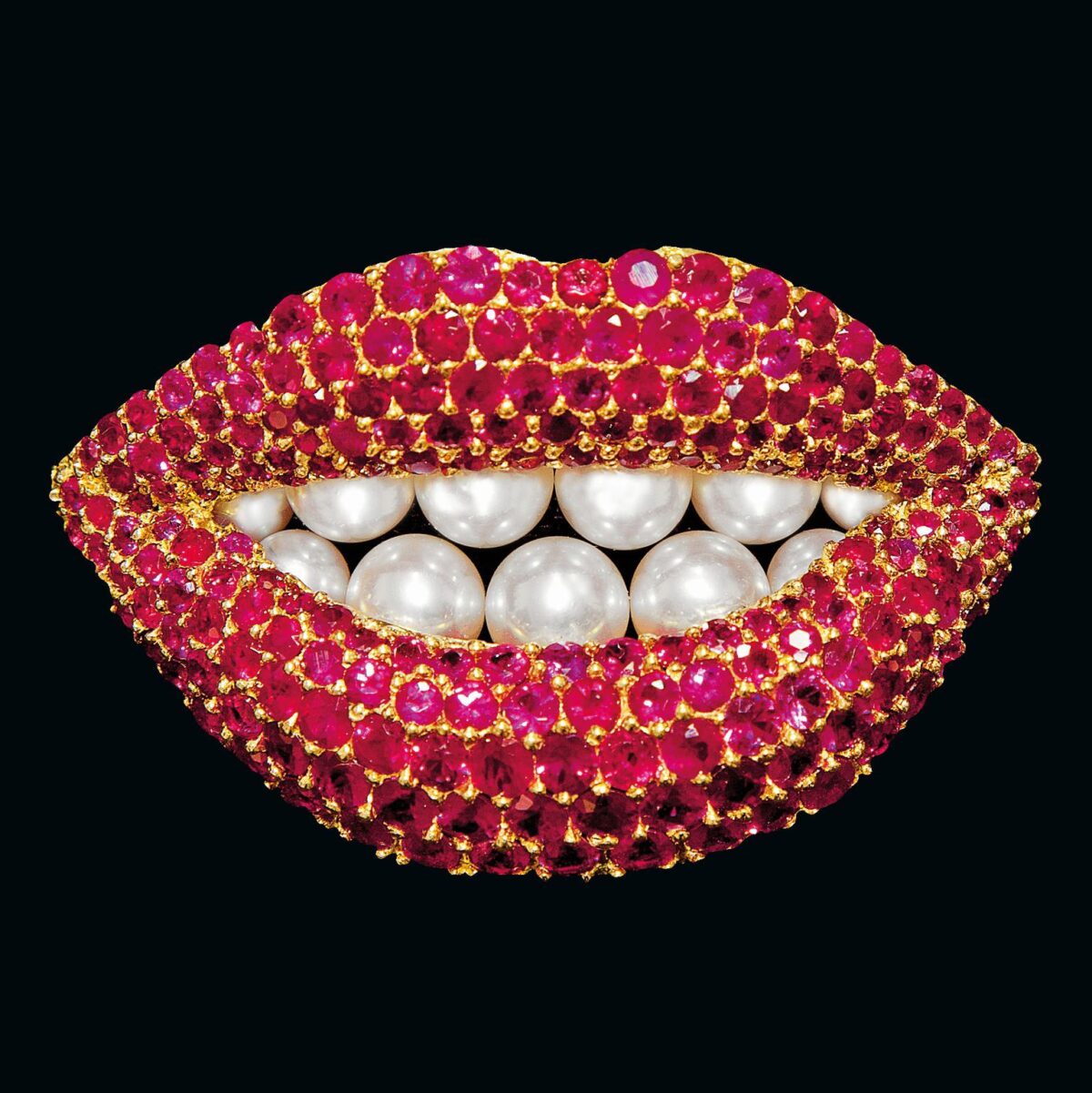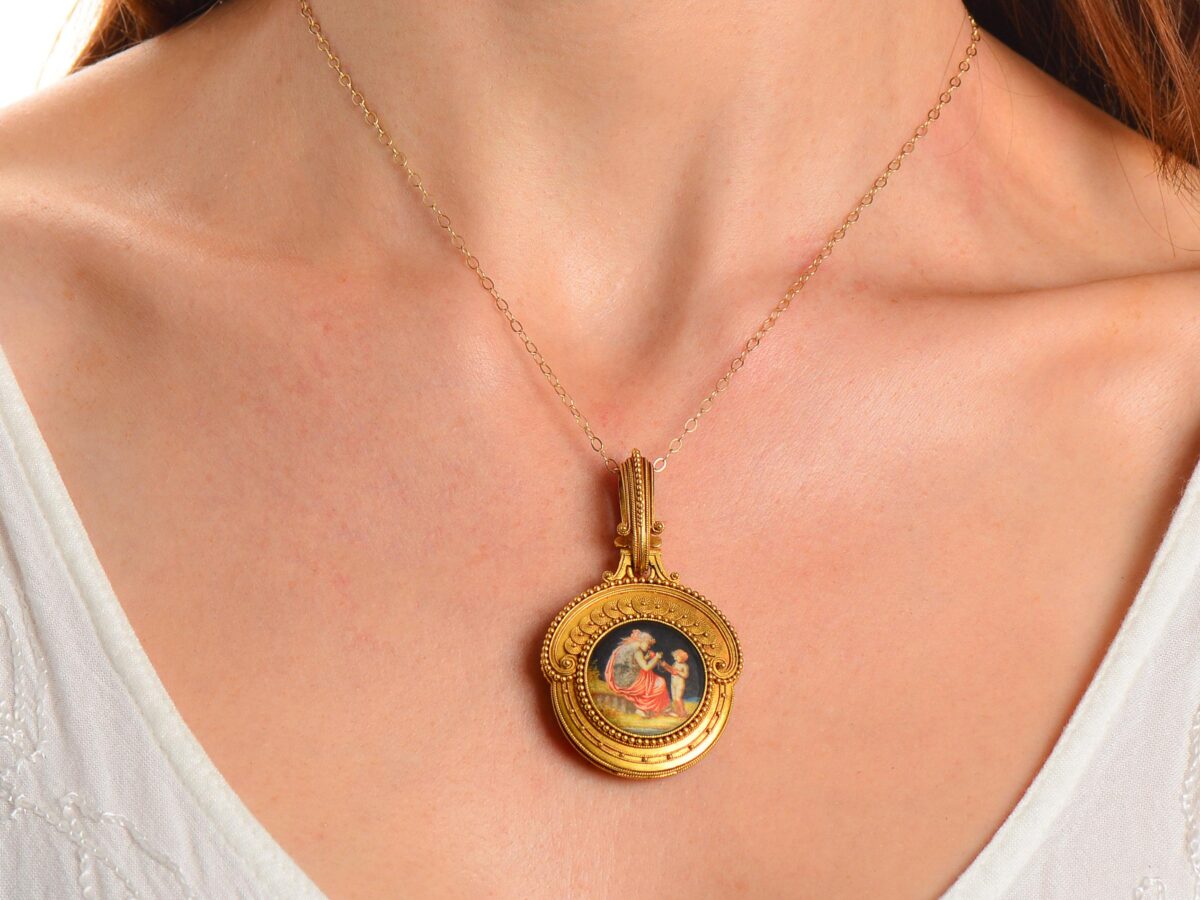The moonlight sprinkled on the deep sea, the oysters slowly slid out of the sea, and the open dewdrops of the shells fell into the shells and turned into pearls. This legend about it spread from India to the Gulf region and has been passed down from the Middle Ages to the present. The songs of the Persian Gulf, the story of the pearlers, the secrets of the safe box. For thousands of years, the Gulf region was the source of all the gems of the East and West monarchs. Seven thousand years ago, the story of Qatari and this gem began quietly. The Museum Authority is proud to present this jewel show to the audience, showing a unique aspect of Qatar’s long history of more than 7,000 years: pearl collection. Although the sound of fishing boats and pearlers disappeared from the coast of Qatar today, complicated but magnificent past remains in the memory of Qatari and has been passed down to the present day.
Thousands of cultured gems are tightly fixed on the branches to show the growing state of ice crystals in winter. It completely subverts the concept of the use of millet beads in jewelry design. This work won awards in several jewelry design competitions!
The Dalí brooch. The brooch was designed between 1941 and 1970. It is also a familiar work by the public. It is inspired by the lips of actress Meyers, made of ruby and cultured pearls.

The sacred portrait. The robes of the Virgin Mary and Jesus are made of freshwater beads from the Russian River. The whole work gives a pure and sacred feeling.
Through the design of shaped pearls to show international big brand jewels increasingly favor the posture of the flower, the shaped pearls cheap personalized jewelry! Designed out of five rows of gradual natural pearls, this piece has a milestone in Qatar’s natural gem collection industry, witnessing the end of the gem collection industry. Since the Middle Age Europe, gems were considered to be a symbol of the Virgin Mary and Jesus for its purity. The kings and queens wear them to demonstrate their distinguished status in the kingdom. It reflects the prevalence of pearls in the 19th century.
Queen Eugene locket pendant necklace. This historical locket pendant necklace is a gift from Queen Eugene to Mrs.Bergoin, to thank her for her good deeds in getting the queen to flee France for England after the collapse of the Second Empire of France in 1870.

The popularity of gems in the ruling families of European countries runs through the development history of Europe. With the passage of time, pearls in the 19th century attracted the attention of the industrial bourgeoisie in Europe and the United States and became an essential part of the booming jewelry industry. They appear in the eye-catching position of Tiffany, Chaumet, Cartier, and other famous jewelry brand’s showrooms. In the ancient times of China, they were a symbol of wisdom and were also associated with the dragon. The nine five-claw dragons on the robes of the emperor are embroidered with tens of thousands of freshwater pearls, and the use of them on the phoenix crown is also evident. Turquoise, coral and amber are the iconic decorations jewelry necklace of the Tibetan region, and the creative use of pearls gives the jewelry another style. The gem is not only a rare treasure but also a cultural symbol, which is integrated into history and culture of the countries of the world. The crown of the European royal family, the phoenix queen of the Ming Dynasty, the sacred bones of the church and the church treasures… Qatar’s pearls decorate the world’s most awkward civilization. Despite the growing maturity of the cultured pearl industry, natural ones will continue to write a thick and colorful brush of human civilization.
For more details check: getnamenecklace.com
















